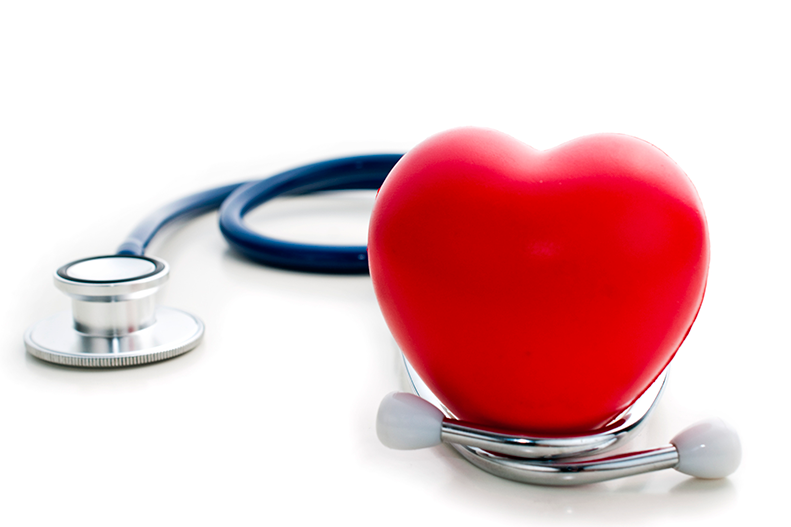A heart attack, also called a myocardial infarction (MI), occurs when a heart artery (also known as a coronary artery) is unable to supply a part of the heart muscle with enough blood to keep that part of the heart muscle alive.
This may be due to the sudden formation of a clot in the artery that stops the flow of blood in that artery, or to the slow buildup of cholesterol plaques around the heart artery that cause the artery to narrow significantly over months to years.
When blood flow is restricted or blocked, the heart muscle cells don’t get the oxygen they need and begin to die after just a few minutes. This causes the heart muscle to malfunction and can lead to heart failure and/or death. It is the death of the heart muscle cell that is the actual “heart attack.”
Other conditions of the heart are sometimes called a “heart attack,” but that is incorrect. It is only the death of the heart muscle cells due to a lack of oxygen from a blocked artery that is a true “heart attack.”
Never Miss a Beat!
Subscribe to Our HealthBeat Newsletter!
Thank you for subscribing!
You can now select the specific newsletters you'd like to receive.
You are already subscribed.
Subscribe to more newsletters in our email preference center.
Sorry, an error occurred. Please try again later.
Get Healthy Tips Sent to Your Phone!
Am I at Risk for A Heart Attack?
“Heart attacks can affect adults of all ages but are more likely to occur as we get older,” says Christopher B. Haas, DO, an interventional cardiologist and medical director of the Heart and Vascular Institute at UPMC Western Maryland. “Some people are more likely than others to have a heart attack, and the more risk factors a person has, the more likely they are to have a heart attack. Some risk factors can be improved, but others can’t be modified.”
Risk factors that can’t be modified
- Age — heart attack risk increases starting at age 45 for men and 55 for women.
- Family history of heart disease.
- Previous coronary heart disease.
Modifiable risk factors
Risk factors you can do something about:
- Smoking.
- High blood pressure.
- High cholesterol.
- Diabetes.
- Being overweight or obese.
- Lack of physical activity.
Heart Attack Symptoms
“Knowing the warning signs and symptoms of a heart attack is crucial,” says Dr. Haas. “Early treatment – especially within the first 90 minutes of the onset of a heart attack – can reduce the damage done to the heart and save your life.”
Chest pain/pressure/discomfort lasting a few minutes or more is the main symptom of a heart attack. It is important to point out that although chest pain/pressure/discomfort is an important symptom for women to recognize, they are less likely than men to feel it.
Often, women may have only some of the other symptoms listed below. Men may have these symptoms as well:
- Shortness of breath.
- Nausea.
- Vomiting.
- Sudden profuse sweating.
- Dizziness.
- Extreme weakness.
- Anxiety.
If you or someone near you are experiencing any of these symptoms, call 911 immediately and request an ambulance for the quickest and safest transportation to the hospital. Do not have a friend or family member drive you to the emergency room, and do not drive yourself.
If you think you may have heart disease or be at risk for a heart attack, consult your health care provider or visit UPMC’s Heart and Vascular Institute website.
Editor's Note: This article was originally published on , and was last reviewed on .
About Heart and Vascular Institute
The UPMC Heart and Vascular Institute has long been a leader in cardiovascular care, with a rich history in clinical research and innovation. As one of the first heart transplant centers in the country and as the developer of one of the first heart-assist devices, UPMC has contributed to advancing the field of cardiovascular medicine. We strive to provide the most advanced, cutting-edge care for our patients, treating both common and complex conditions. We also offer services that seek to improve the health of our communities, including heart screenings, free clinics, and heart health education. Find an expert near you.

